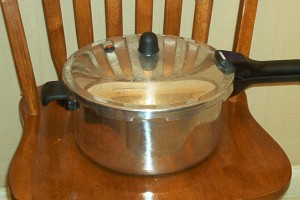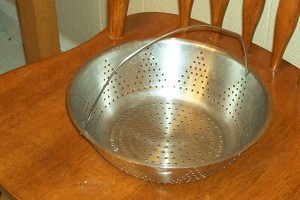Clean water is one of the highest priorities for survival. Generally you could go for 3 days without water although that would not be wise.
It is generally recommended to store at least one gallon of water per person per day for consumption. This would be a bare minimum to have on hand. So for a family of 4 you would need 12 gallons of water for 3 days just for drinking.
What we have found to work the best for storing water are 2 L coke bottles. Coke bottles are rated to store 7 to 10 years with coke product in it under pressure. That is what a coke dealer told me. If the bottle will last that long with a corrosive agent under pressure without failing it should last for many decades holding water.
Our procedure is to gather several used / empty coke bottles and after removing the labels we wash them out with plan dish soap and water. Rinse well and fill with tap water & let them set over night. The next day empty that water out into the garden or flower pots [around here we do not want to waste water as we only get 10 to 14 inches of rain a year].
We the fill the bottles with either tap water or distilled water, leaving a one inch head space and then replace the cap hand tight. The filled bottles then go on selves for later use.
City tap water already has chlorine in it which will kill any bugs and for the distilled water there should have been enough chlorine in the rinse water to have disinfected the bottles and there should not be any bugs in the distilled water. If done properly there should be no reason to rotate this water for at least 10 years.
We have been storing water this way for over 30 years. One friend currently has 11 months worth of water stored in this fashion.
If you have to move your water from one side of the room to the other or from one floor to another, OR if you have to load some of it into the car for a camping trip, even a 3 – 5 year old can help carry it.
PS –NEVER use the ‘milk’ jug type containers as they are designed to fail within about a year.


